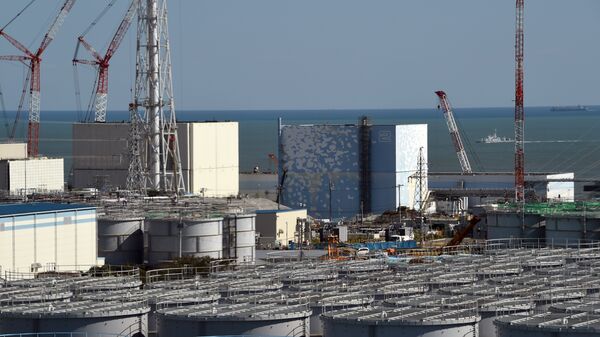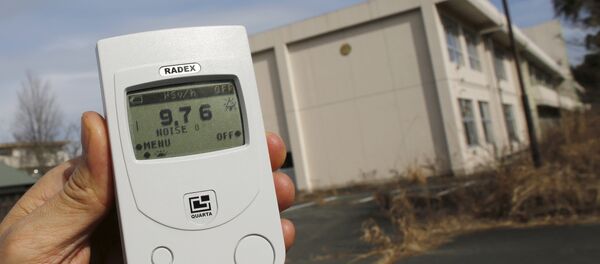For this reason, in 2014, the Japanese government announced an international competition and allocated more than $9.5 million for the most efficient design for eliminating liquid radioactive waste.
Out of 29 international companies ‘RosRAO’, US Company Kurion Inc and US-Japanese GE Hitachi Nuclear Energy Canada Inc. were selected. It is expected that pilot projects will be presented by the end of March.
The world has never faced a problem of such magnitude related to the disposal of liquid radioactive materials, expert of Khlopina Radium Institute, Sergey Florea, said.
“After the institute won the international tender for water purification from tritium, during 2015 we worked on the creation of a demonstration plant. It is designed to demonstrate the effectiveness of the process on an industrial scale, which can help fix the problem within 5-6 years.”
Florea spoke about the production which is at least 4,000 cubic meters of waste per day. Until now such systems with tritium waste processing capacity did not exist. Essentially, there were units with waste processing capabilities of no more than 100-200 cubic meters.
Currently, ‘RosRAO’ is testing their equipment to purify water which has been contaminated with radiation. If the tests show the necessary characteristics, the pilot project will be the basis for the creation of a large industrial plant.
In addition to the specifications, Russia is offering technology that will provide the lowest operating cost.






